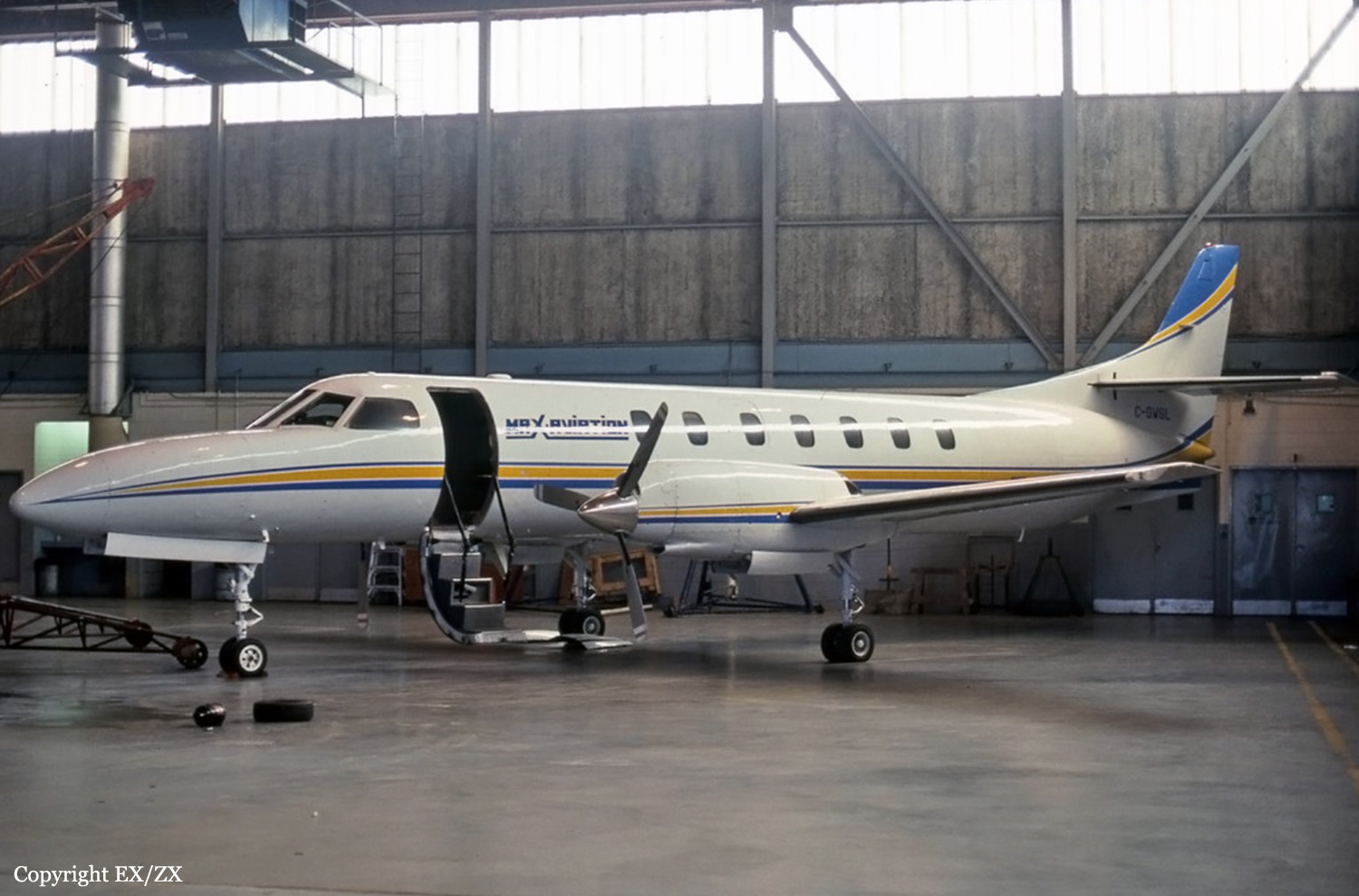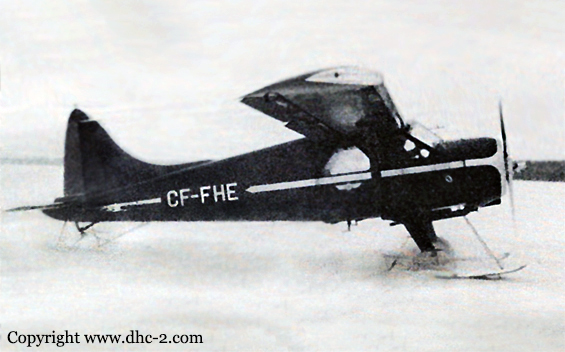Crash of a Swearingen SA226AT Merlin IV in Kuujjuaq
Date & Time:
Sep 20, 2001 at 1757 LT
Registration:
C-GWSL
Survivors:
Yes
Schedule:
Kangiqsualujjuaq – Kuujjuaq
MSN:
AT-028
YOM:
1975
Flight number:
MAX226
Crew on board:
2
Crew fatalities:
Pax on board:
0
Pax fatalities:
Other fatalities:
Total fatalities:
0
Circumstances:
The approach to Kuujjuaq-Fort Chimo Airport was stable but slightly below the VASIS descent profile. Just before the flare when power was reduced to idle, the crew was surprised by how rapidly the aircraft decelerated. Touchdown on the runway was hard. After the engines were shut down at the terminal, the crew noted structural deformations around the nose wheel attachment point and on the wings, where the deformations caused fuel to leak. Runway 31 slopes upward 1.3%. The landing was made at twilight, and the runway environment appeared very dark to the crew due to the lack of reflection from the gravel surface.





